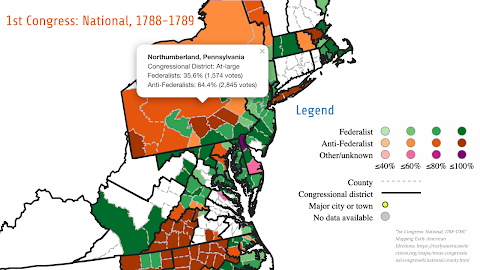Week 14: Reflections on the History Harvest: Democratizing the Past Through the Digitization Of Community History

Week 14: Reflections on the History Harvest: Democratizing the Past Through the Digitization Of Community History History Harvest! Our team and participants. Hannibal Square, 2023. Photo by Scot French. This past weekend I had the privilege and honor of participating in the University of Central Florida's History Harvest for the memory and recollection of the Hungerford School located in Eatonville, Florida. Our team was assigned to collect documents, interview attendants, and collect a general history from participants in the field. I was tasked alongside fellow student Sebastian Garcia to collect oral histories from Central Florida residents, Eatonville residents, Hungerford high school alumni, and children of teachers from Hungerford high school. I had never been apart of a "branded" history harvest, but I did take part in a oral history day led by the Veteran's History Project at UCF focused on veterans working at the multiple campuses across UCF. Sebastian...




